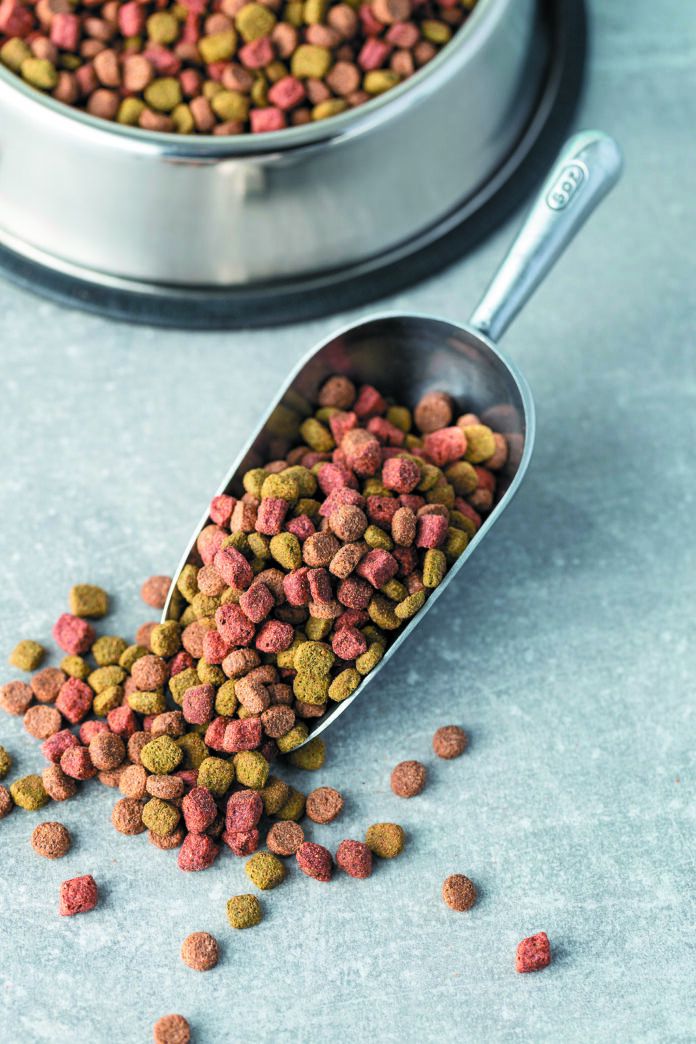Do you weigh your dog’s food before feeding it or measure it out in a cup or serving scoop? If you’re like most people, you go the serving scoop route, which measures food by volume. But it’s very hard to make sure you’re giving the correct amount that way.
Research has shown over and over that measuring by cup, or volume, often leads to overfeeding or underfeeding. It’s not that easy to get it level to the top, and most dog owners don’t level off the kibble with the side of a knife. Even if you do, it’s not like leveling off flour or sugar. The comparatively larger size of individual pieces of kibble compared to grains of flour or other ingredients makes it hard to get it just right.
Given that an estimated four out of 10 dogs in the U.S. is overweight or out-and-out obese, how you measure out your pet’s food is something to consider. This is especially true in light of the fact that a 25-pound dog requires, on average, only about 500 to 600 calories a day. Go just 10 or 20 calories over day in and day out, and you end up with quite a hefty canine.
Get it right with a digital food scale
There’s another reason that measuring food by volume can be such a difficult exercise. It’s that your dog might not need standard serving sizes of food by volume. That is, what if he requires not a cup or a half cup at each serving but two-fifths of a cup — or similarly, three-eighths of a can? It’s virtually impossible to get that exactly right by eyeballing it.
That’s why we’re fans of digital kitchen scales. A scale allows you to feed the exact same amount of food every single time. You can add or subtract a single piece of kibble or a minuscule amount of wet food to get it just right.
Of course, it’s best if you know how many calories of food your dog requires each day to maintain — or reach — ideal body condition. Most people don’t, and it takes some serious math. And then there’s converting the calories in the food to the specific weight of food that would be appropriate, which means looking at the food label to see how many calories are in a kilogram of the food (2.2 pounds), and going from there.
But you can also just weigh the amount of food you typically scoop out for your pet, trying it a few times since it will change a little with each scoop. Then, with your veterinarian’s oversight, you can subtract a bit if your dog needs to lose weight, add a bit in the unlikely event that he needs to put on some, or keep it the same if your pet’s weight is already what it should be. But you can rest assured that by weighing it, you will always be feeding the exact amount.





